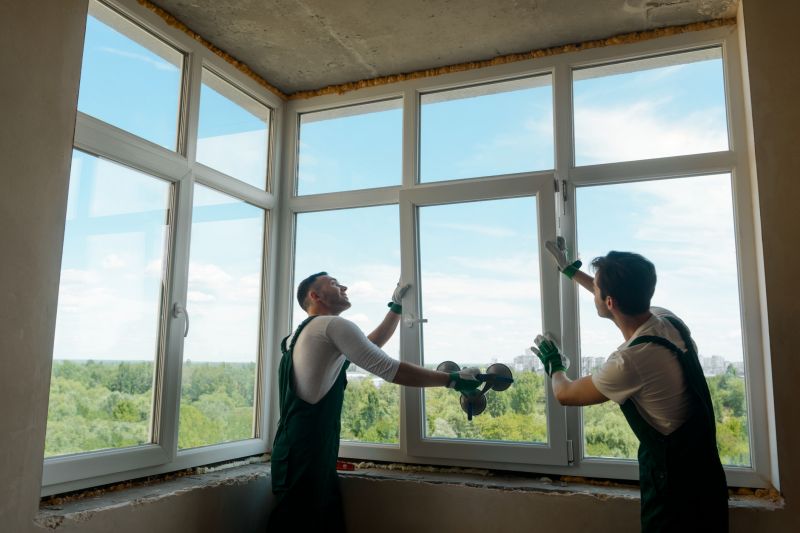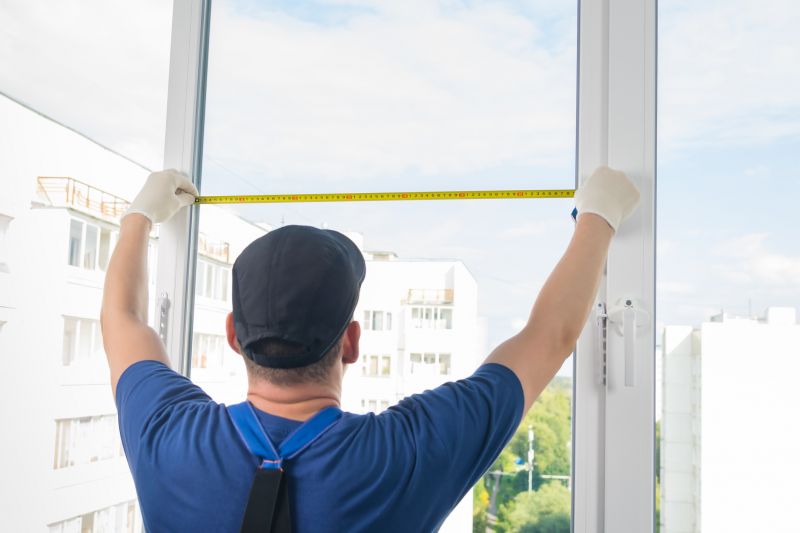Optimal Timing for Windows Installations
Windows installations are most effective when planned during periods of low system usage, typically outside peak business hours or during scheduled maintenance windows. Proper timing can minimize disruptions and ensure optimal setup conditions. Seasonal factors, such as avoiding extreme temperatures, can also impact installation success and hardware longevity.
Planning installations during off-peak hours reduces operational downtime and allows for thorough setup and testing.
Avoid installations during extreme weather conditions to prevent hardware issues and ensure proper system performance.
Properly timed installations can improve system stability and reduce the risk of post-installation issues.
Ensure backups are completed and hardware is prepared to facilitate smooth installation processes.

Technicians preparing hardware for installation.

Configuring settings during Windows installation.

Verifying system stability after Windows setup.

Ways to make Windows Installations work in tight or awkward layouts.

Popular materials for Windows Installations and why they hold up over time.

Simple add-ons that improve Windows Installations without blowing the budget.
| Factor | Best Practice |
|---|---|
| Time of Day | Schedule during off-peak hours to minimize disruption. |
| Weather Conditions | Avoid extreme temperatures and humidity. |
| System Readiness | Ensure hardware and data backups are complete. |
| Operational Impact | Plan installations during low business activity periods. |
| Follow-up Support | Arrange post-installation checks within a few days. |

Professional setup of Windows operating systems.

Hardware is being configured for Windows setup.

Ensuring system stability after setup.

Final configurations for user readiness.
Interested in scheduling a Windows installation or upgrade? Filling out the contact form can provide more information and help coordinate a convenient time for the process. Proper planning ensures a seamless transition and optimal system performance.

